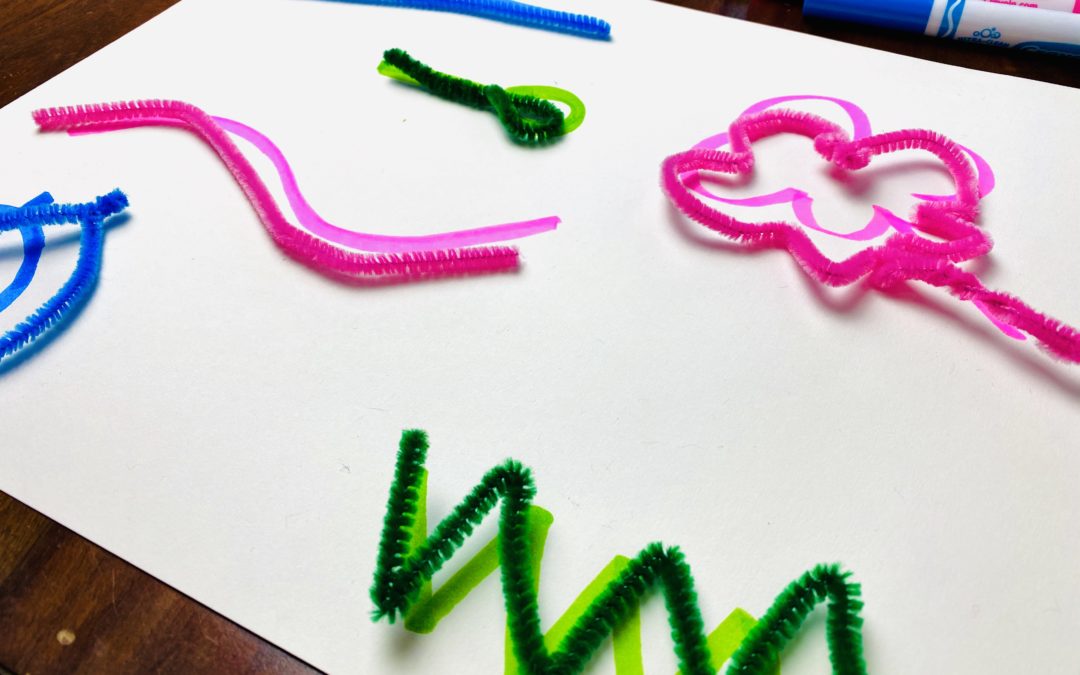April 30, 2020
SolBe Families,
The Thursday Good News: Click this link to hear Wes Tank rap “FOX IN SOX” over a Dr. Dre beat. It is the best thing I have heard in some time.
This easy project will only take a few minutes to set up and has the potential to keep your child engaged for some time (always depending on their interest…completely ok if they want nothing to do with it or if they want to move on to something else and return to the activity later).
In addition to the benefits manipulating the pipe cleaners has for fine motor skills, any matching or memory activity is developmentally beneficial for kids. This is a wonderful activity that will engage kiddos from one to six years old!
Project of the Day: Matching Exercise with Pipe Cleaners
Staying with our theme for the next few weeks; any matching or sorting activity is deeply rooted in the Montessori Method. You will surely be seeing Maria Montessori’s infamous number matching project here in the next few weeks!
Materials
- Paper
- Markers/Crayons…even a pen would work!
- Pipecleaners
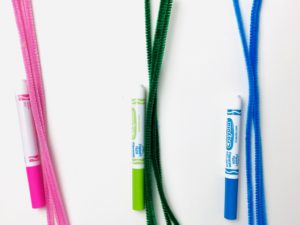
Step One
On a piece of paper or cut out cardboard, draw different lines spread out to mimic the potential shapes the pipe cleaners will be taking. A straight line, a flower outline, zig-zags, whatever inspires you!
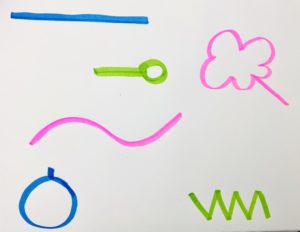
Step Two, Part A
For younger children (9 months-24 months or so) you can manipulate the pipe cleaners and then set everything up so they can focus on the matching principle. They will also enjoy the sensory exploration of the fuzzy/wiry pipe cleaners (a fan-fave!).
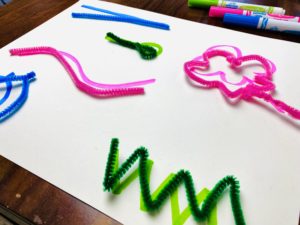
Step Two, Part B
For kiddos (two years to six years), creating the shapes of the pipe cleaners is an exciting part of this activity. Finely tweaking the pipe cleaners to match the shapes they see on the paper helps with abstract thinking development.
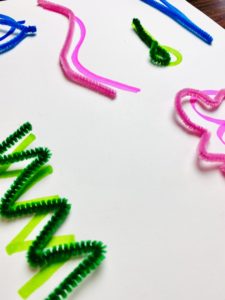
Step Three
Encourage some free-play within the constraints of the activity you have curated. Give them space to explore the materials and see how they instinctively use them! Maybe they will match everything up perfectly, or perhaps they will find another way to use the materials. All ways are good ways!
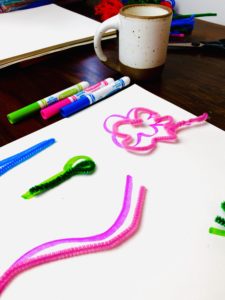
Conclusion
As I mentioned above, object-to-picture matching (as we are working on here) has many developmental benefits. Nurturing the child’s ability to think abstractly, develop focus (there is some eye-tracking development happening during these activities), and being creative!
Most important direction, as always: HAVE FUN!
More resources to follow in the coming days. Feedback and more ideas welcome!
Above all, be well and stay healthy!

